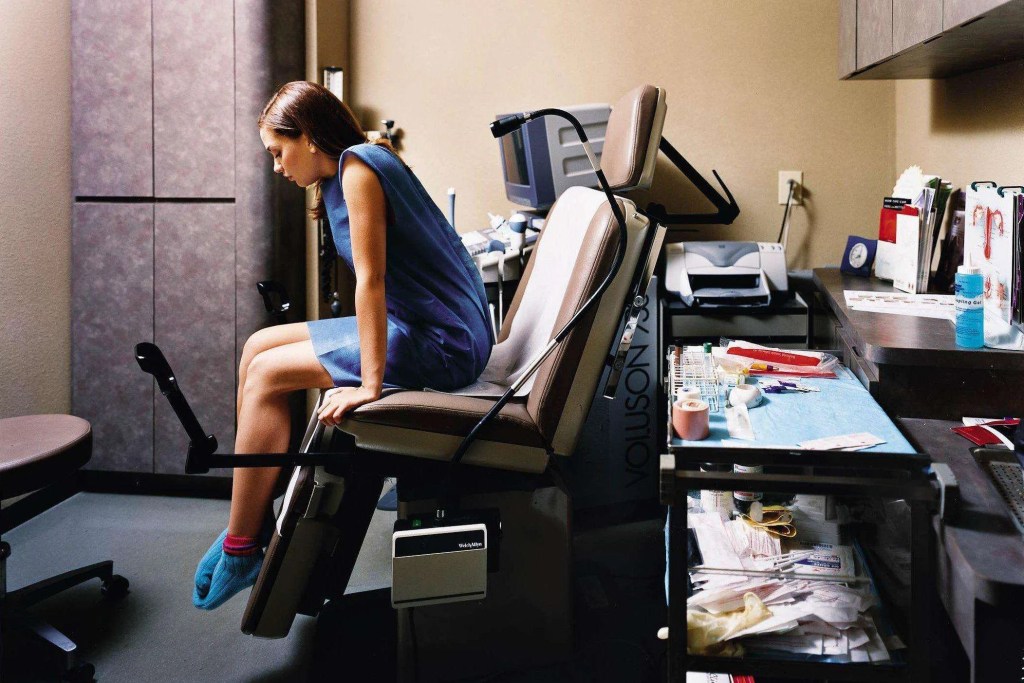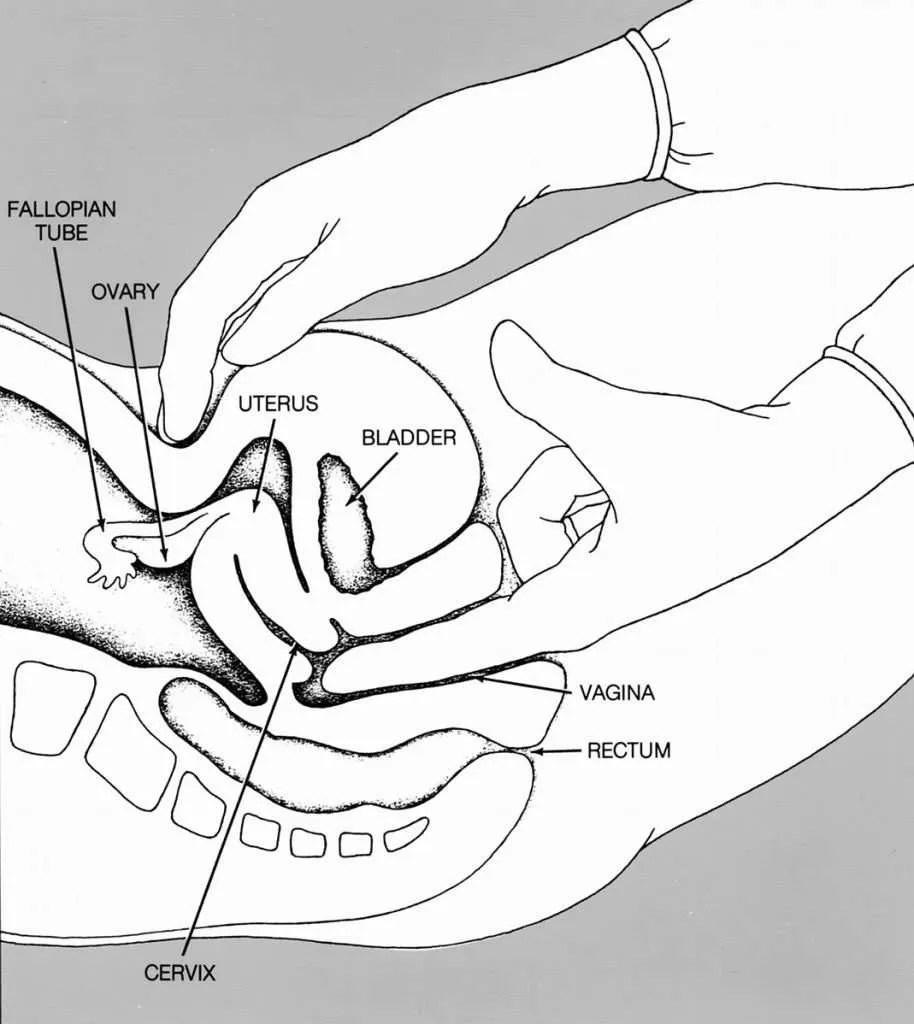
General Health Blog
Bacterial Vaginosis (BV): All You Need to Know About It
Bacterial Vaginosis is the most common vaginal infection among women of reproductive age. It is caused by an imbalance in the natural bacteria that exist in your vagina, which can lead to an overgrowth of “bad” bacteria and a thinning of the protective mucous layer.
This blog post will discuss what bacterial vaginosis is, how it’s diagnosed, its symptoms, risk factors for developing BV, treatment options available, and prevention methods you can take to keep from contracting this condition!
Bacterial Vaginosis can last anywhere from a few days to several weeks if left untreated. BV is not considered an STI. However, it increases your risk of getting an STI.
Bacterial Vaginosis does not infect men. But they might be able to pass it on. Experts aren’t sure how prevalent this is since most don’t think that men even know when their partners have the condition and some researchers say there could actually be an increased risk of getting BV during pregnancy or childbirth.

Causes of Bacterial Vaginosis
There is still some debate as to what causes bacterial vaginosis, but there are a few leading theories:
Poor hygiene – Not properly cleaning the genital area can lead to an overgrowth of bad bacteria.
Sexual activity – Bacterial vaginosis is more common in women who are sexually active than those who aren’t. It’s unclear if this is because sexual activity leads to the spread of bad bacteria or if certain types of sexual activities (such as anal sex) increase your risk for developing BV.
Smoking – Cigarette smoking has been linked with an increased risk of developing bacterial vaginosis.
Symptoms of Bacterial Vaginosis
In most cases, somewhere between 50-70% of women who have it, Bacterial Vaginosis shows no symptoms. However, when symptoms show they include:
- Itchiness of the vagina, both in and around it.
- Vaginal discharges may be watery or whitish or even greenish.
- The vagina may have an unpleasant odor, often described as smelling fishy.
- A burning sensation when urinating.
Diagnosis of Bacterial Vaginosis
These are some ways to diagnose Bacterial Vaginosis
Using Vaginal Discharge Samples
The most common way to diagnose bacterial vaginosis is by examining the vaginal discharge under a microscope. Your doctor will look for two key things:
- The presence of white blood cells (indicating an infection)
- Clue cells (cells containing bacteria and leukocytes, which are produced in response to inflammation caused by BV).
If your doctor suspects you have bacterial vaginosis, they may also take a sample of vaginal discharge to test for the presence of bad bacteria.
Vaginal pH
The vaginal pH is also a measure of how acidic the vagina is. The normal vaginal pH ranges from about three to four. A pH level of five or higher suggests that you may have bacterial vaginosis. However, this test isn’t as accurate as other methods and can sometimes give false-positive results.
Family History
Asking questions about your family history can help diagnose BV. Bacterial vaginosis is more common in women whose mothers and sisters have the condition, so if your female relatives suffer from it, you may be at higher risk as well.
Pelvic Exam
When you have a pelvic exam, your doctor inserts two fingers into the vagina while pressing on the abdomen. This is done to check for signs that indicate bacterial vaginosis and other infections in this area of your body.




Risk Factors of Bacterial Vaginosis
Risk factors associated with Bacterial Vaginosis are:
Having multiple partners
Bacterial vaginosis occurs more often in women who have multiple sex partners or just started having sexual intercourse. Also, BV seems to be more common among lesbian and bisexual women. Doctors are not quite sure why BV is more common with multiple sex partners or why it is more prevalent with same-sex couples.
Douching
Rinsing out your vagina with water or a cleansing agent (douching) can upset its natural balance. This leads to an overgrowth in anaerobic bacteria, which is not good for you because they cause bacterial vaginosis. Plus; since our bodies naturally cleanse themselves through secretions from Bartholin’s glands which are nearby on either side of the vaginal opening up towards the anus – douching isn’t necessary!
Wearing an intrauterine device (IUD)
The IUD birth control device is a common way to prevent pregnancy. The risks include getting an infection called BV, but it’s not clear whether the two are linked since there haven’t been many studies on this topic yet.
Natural lack of lactobacilli bacteria.
When the natural vaginal environment is not conducive for the proper production of natural lactobacilli bacteria, you run the risk of developing BV.
Smoking
A study found that smoking is a risk factor for bacterial vaginosis. The anti-estrogenic effect in women who smoke can lead to an increase or decrease in inflammation which is linked with the development of BV.
Bacterial Vaginosis Complications
- Preterm Deliveries – BV could bring about preterm births and also low birth weight babies.
- Miscarriages – Loss of pregnancy is a possibility with the presence of BV
- Post-surgical bacterial infection – if you have had surgery on your female organs, the presence of BV could lead to infections.
- STIs – BV can bring about sexually transmitted diseases such as chlamydia, herpes, or gonorrhea.
- Failed fertility treatments – BV affects the efficacy and success rates of fertility treatments like in vitro fertilization (IVF)
- HIV – The risk of HIV infection increases when the risk of BV increases.
- Pelvic Inflammatory Disease (PID) – PID may develop if BV is left untreated, BV
Treatment of Bacterial Vaginosis
There are a number of treatment options
Medication
Antibiotics can be taken orally or through creams and gels. You will need treatment for 5-7 days in total. it’s also important you finish them all even if your symptoms go away after this time period has passed since stopping early may allow an infection to return more quickly than expected!
BV can be recurrent and in such situations, you might need to take for a much longer time. And of cause, there is the risk of developing resistance to antibiotics. For those who don’t fancy this approach, there are other treatment options.
Probiotics
According to a 2014 review, which focused on the effects of probiotics on bacterial vaginosis, there’s evidence that taking probiotic supplements daily can help treat and prevent future cases. Probiotics come in pill or liquid form so you may want to try one each morning and before bedtime, as it is said they work best when taken consistently over time like this.
Click here to order probiotics online
Yogurt
Yogurt is a great way to introduce beneficial bacteria into your body. Eating one serving per day could help you maintain the healthy balance of vaginal flora and fight off bad odors or infections caused by an overgrowth in harmful organisms, like yeast for example!




Garlic
Garlic has strong antibacterial properties. A study compared the use of garlic tablets versus oral metronidazole, an antibiotic drug that could be another option in treating this condition if taken daily at least four hours prior; they found out garlic supplements are just fine too! In order words: “taking any kind – garlic tablet or pill form- works equally well with no side effects.
Click here to order garlic supplements online
Hydrogen Peroxide
A new study suggests that hydrogen peroxide may be an effective treatment for bacterial vaginosis. The researchers found that 1 ounce (or 28 milliliters) of the chemical used daily for 7 days could help alleviate symptoms and antibiotic-resistant bacteria in women with this condition, without any adverse side effects compared to traditional medications prescribed by doctors.”
How to Prevent Bacterial Vaginosis
There are a few key things you can do to help lower your risk of developing bacterial vaginosis:
- Wipe from front to back after using the bathroom.
- Avoid douching.
- Practice safe sex by using condoms and/or dental dams.
- Limit the number of sexual partners you have.
- Keep track of your menstrual cycle and changes in vaginal discharge so that if any abnormalities occur, you can seek medical attention sooner rather than later.
FAQ
Here are some frequently asked questions about Bacterial Vaginosis
What is the difference between Bacteria Vaginosis and yeast infections?
While both conditions are caused by an overgrowth of bacteria, yeast infections can lead to vaginal itching and burning while BV often causes a fishy odor.
What do you mean when it is said that bacterial vaginosis is “asymptomatic?”
Asymptomatic means the condition may not present any symptoms at all in some women. While for others, they will experience one or more of them with varying degrees of severity. The most common symptom is an abnormal vaginal discharge which has a strong smell too!
Can BV go away on its own?
Yes, it is possible for BV to disappear on its own. It may resolve itself within a few days or weeks. However, if you are not treated with antibiotics and other medications, this might also increase your chances of getting re-infected by another strain later down the road.
Can I get BV from semen?
It is possible to get BV from semen. This is because semen in itself is alkaline. The vagina on the other hand is or should be slightly acidic. So if the semen throws off the vaginal pH, BV may occur.
Summary
Bacterial Vaginosis is not such a rare occurrence. You might be surprised to hear that 2 out of 3 women will experience it at least once in their lifetime. Luckily, the infection is treatable and women can take steps to reduce their risk of developing an infection.
If you are experiencing symptoms of BV or just want more information about how this condition affects you, contact your doctor.
And if you want a natural treatment option, visit our store for high-quality natural heart supplement products designed specifically for females!
Click here to know about some natural supplements to treat STIs.
Leave a Reply
You must be logged in to post a comment.